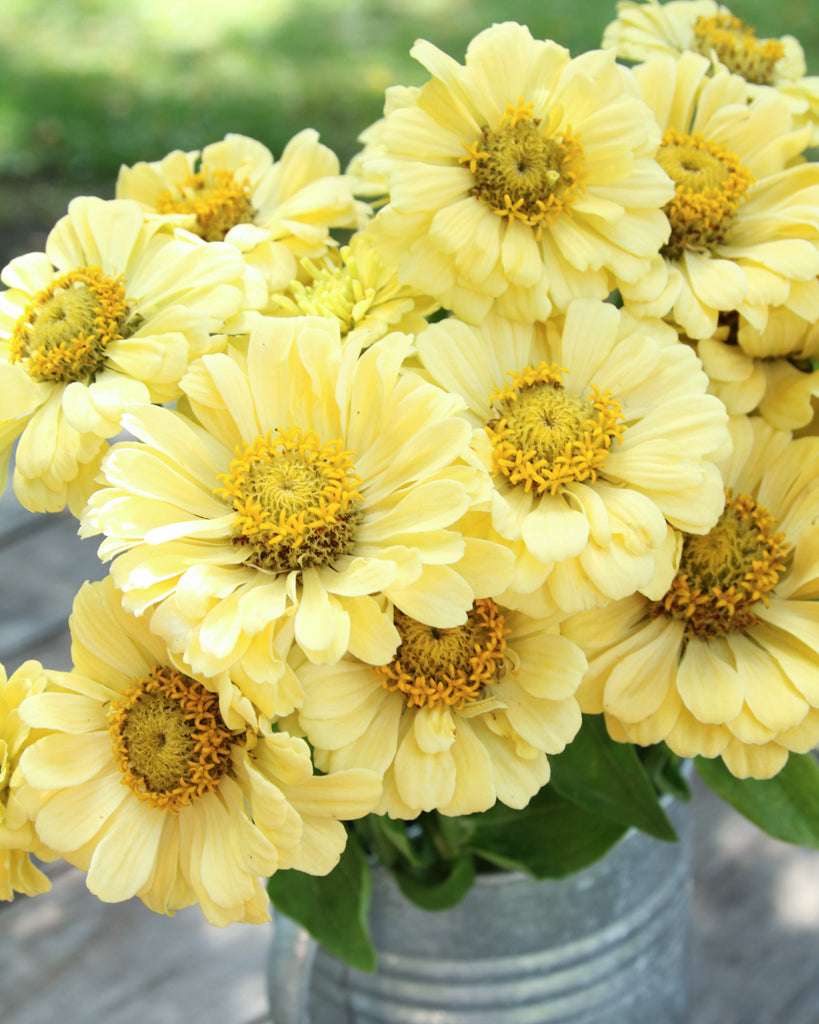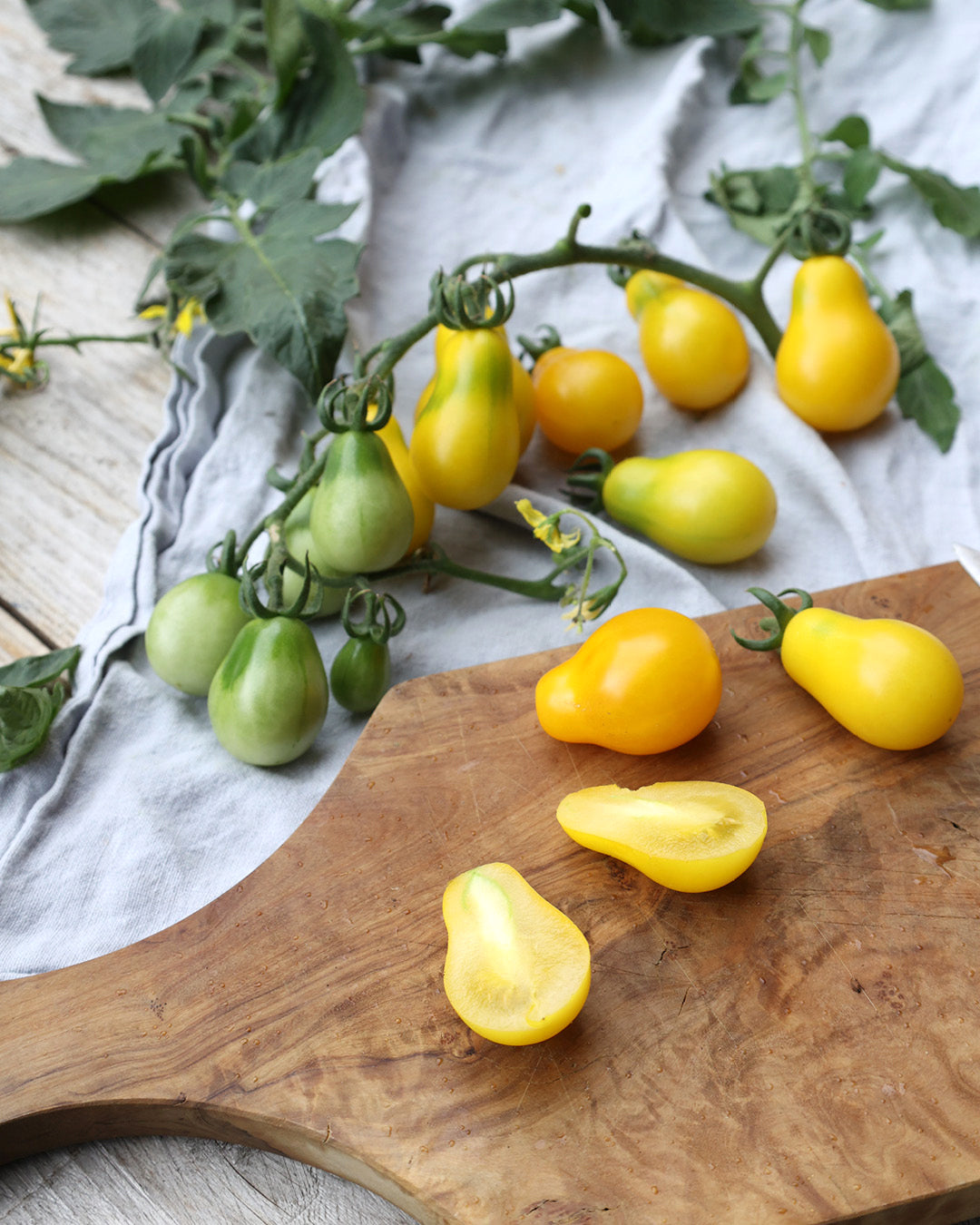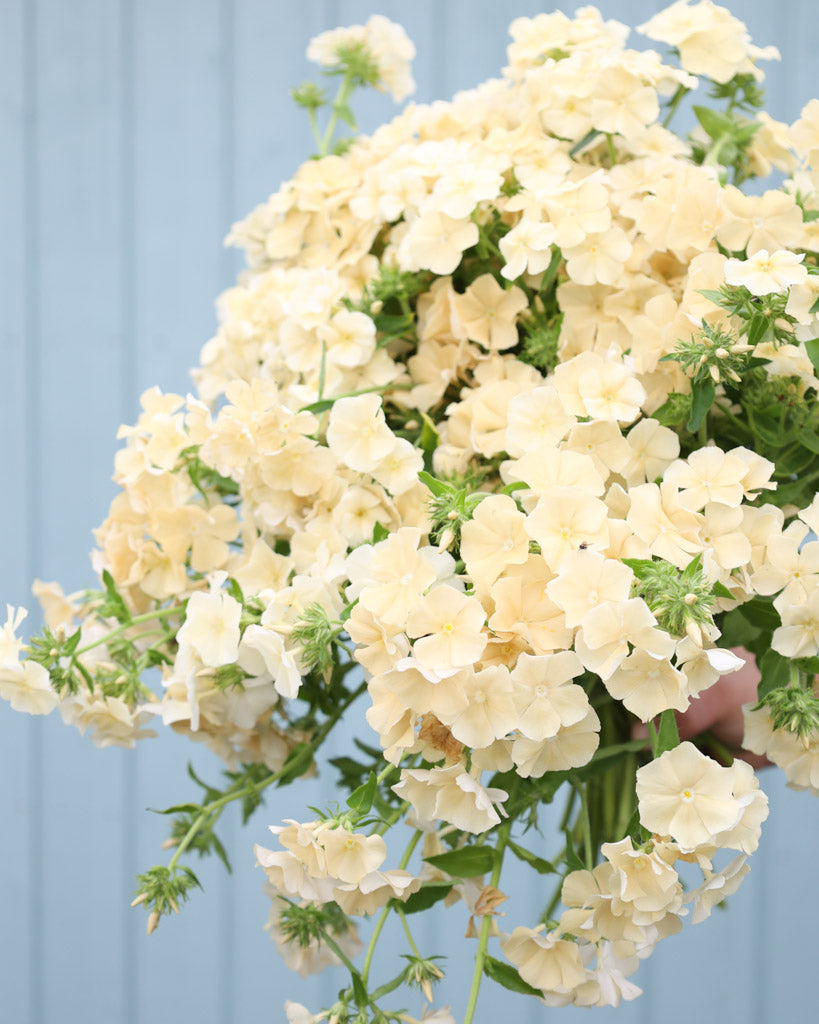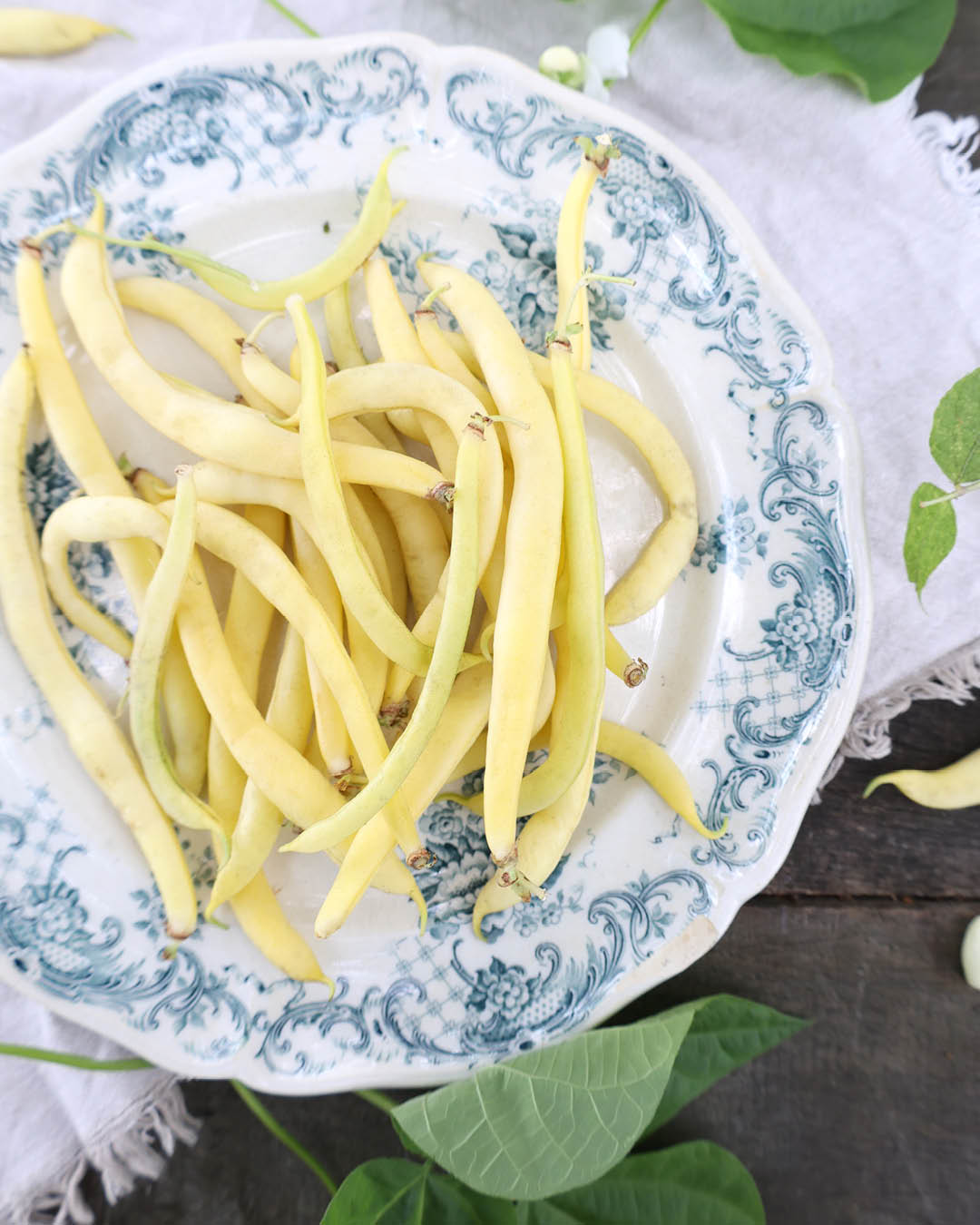A little soil science
The foundation of life for all plants is the soil in which they grow. How well they thrive depends on the type of garden soil, its structure, and its nutrients. To determine this, you can test your soil.
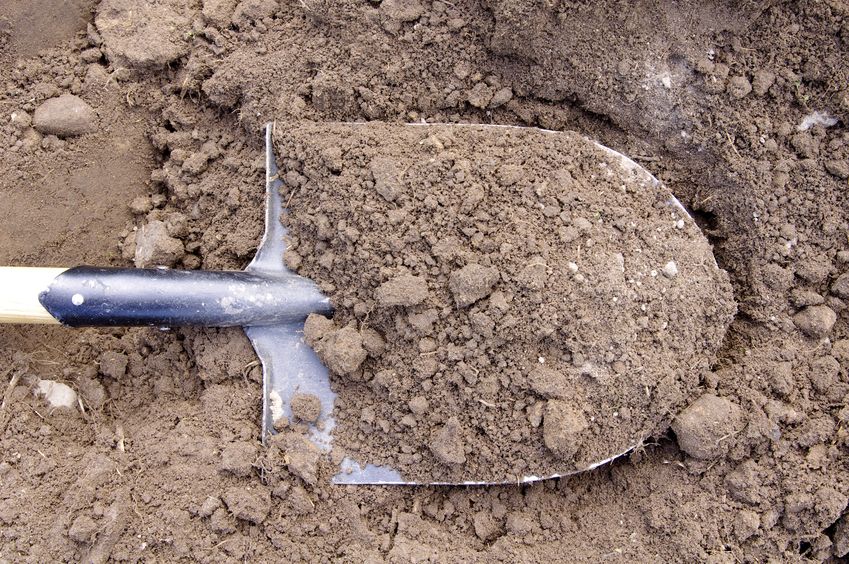
Child's play: the finger test
You can easily determine the soil type yourself: Simply reach out and do the finger test: To do this, rub some soil between your fingers or the palm of your hand.
There are three broad categories:
If the soil can be molded, rolled, and kneaded between your fingers, and it feels smeared, it is a heavy, nutrient-rich clay soil. The soil particles are so small that they cannot be seen with the naked eye; they adhere well to one another, but they also bind water and nutrients so tightly that they are sometimes unavailable to the plants. This high water-binding capacity causes the soil to swell and become waterlogged during persistent moisture, which causes many roots to simply rot. A lack of oxygen also contributes to this. During periods of drought, the soil becomes so compacted that it damages the fine roots, creating entry points for pathogens.
If the soil literally slips through your fingers, is impossible to shape, and barely leaves any marks on your hands, then it's definitely sandy soil. The soil particles are coarse and can barely retain water, so it dries out quickly in the summer. This type of soil is considered highly permeable and light. This is especially noticeable when working the soil with a cultivator or digging fork. Furthermore, sandy soil is naturally nutrient-poor.
The third category is the popular happy medium between the other two extremes. This type of soil is called silt soil; the soil particles are small enough to retain water and nutrients, yet large enough to release both to the plants when needed. The soil is also well-oxygenated, which promotes root growth.
Gold value – humus content
Every soil contains more or less organic material: humus is also called the gardener's gold because it has a decisive influence on soil fertility.
Humus is formed from decomposed plant matter. With the help of soil organisms—from earthworms to microscopic bacteria, algae, and fungi—this material is broken down so that the nutrients become available to plants again. A wonderful side effect of these soil helpers is that the soil acquires a beautifully loose, crumbly structure. Humus can be identified by its color: dark soils, almost black to brown, have a high humus content, while light gray soils are low in humus.
Why not put your floor to the test?
To know exactly what's in your garden soil, or what's lacking, you can send in a soil sample and have it analyzed by professionals at a soil laboratory. For a fee, the laboratory will analyze the soil sample and send you the results along with recommendations on how and with what to improve the soil. It's best to have your soil tested before the start of the season in early spring.
And this is how it works:
Depending on whether you want to take a closer look at a perennial bed or your vegetable garden, use a spade to take one or more representative samples from a depth of 10-25 cm. Fill a plastic bag or pickle jar with about a scoopful and label the samples. Tip: For optimal test results, the soil should not be bone dry, but rather moist, but not dripping wet! Then off to the soil laboratory. You can find several institutes online for every German state; sometimes garden centers also offer such promotions at the start of the season. Or simply ask at your trusted perennial nursery.
TEXT: Martina Raabe

